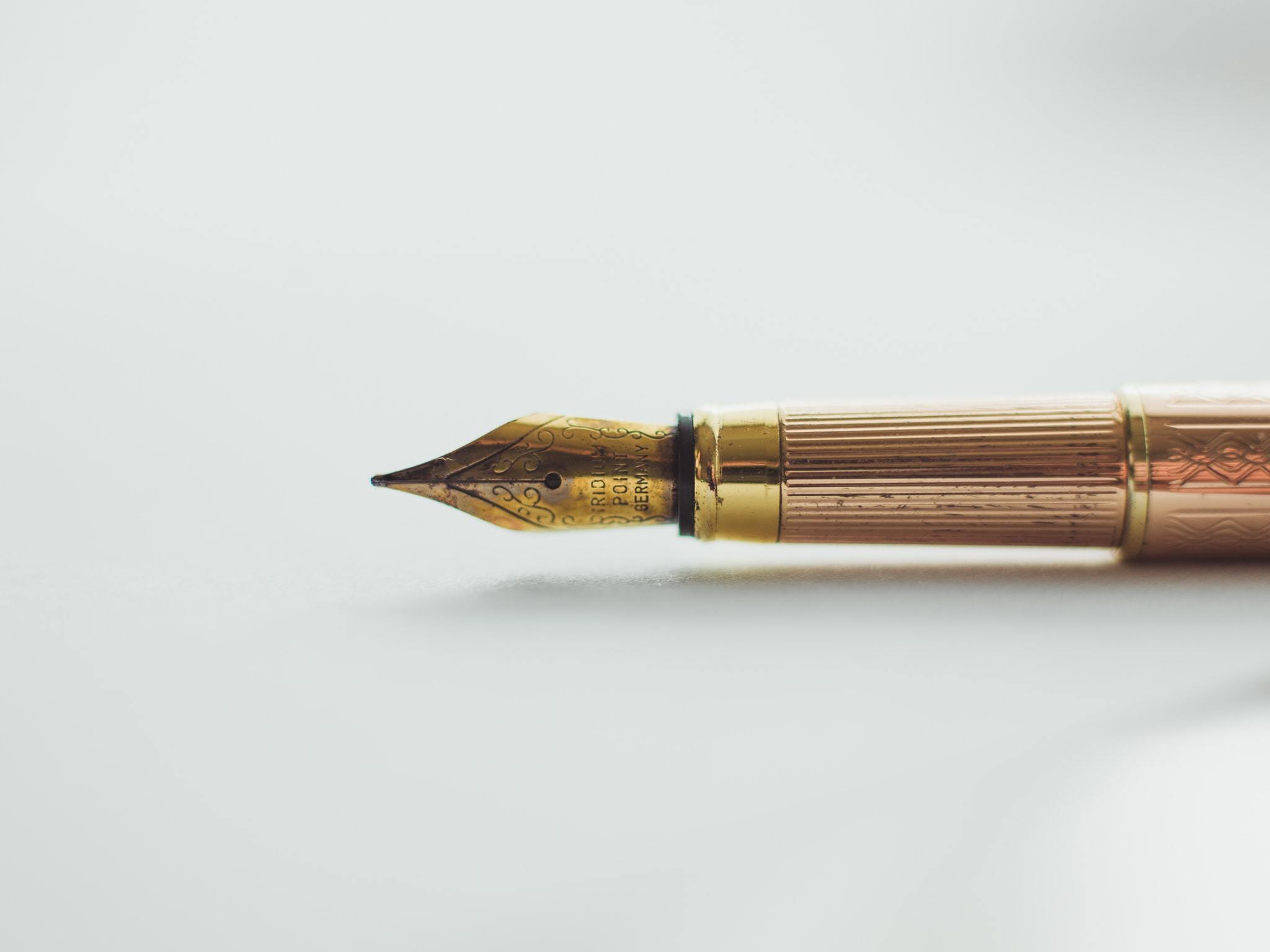Whilst we know that there is a huge amount of waste on our planet, just what is causing it and how can we as humans resist throwing away these items and adding to the problem?
To start with, lets look at what some of the biggest causes to the waste issue actually are.
Fashion
In both pre-consumer (i.e. materials and fabrics), it’s estimated that every year there is approx $100 Billion deadstock fabric will go to waste and in post-consumer waste (i.e. the finished garments etc), approx 39 Million Tonnes every year will end up in the landfill.
Food
According to RESET 1.3 Billion Tonnes of food waste is wasted each year around the world. This is 1/3 of all food produced for human consumption
Paper & Cardboard
From newspapers to wrapping paper, the waste of paper us huge! In fact, it’s so huge that according to ’The World Counts’, the amount of paper that is wasted each year could build a 12 foot high wall of paper from New York to California (which is 2,900+ miles!!).
With this in mind, why do we throw so much stuff away?
One big reason is cost. When we look at ‘fast fashion’ for example, we know that to buy some items of clothing is so cheap that when we’re fed up with it or have worn it out, we think that because we didn’t invest too much in the item, it’s easier just to throw it away. You might not think you’re causing a problem by doing this, but the more people who have this mindset, the more items are discarded. When we throw clothes away, they vernally end up in the landfill and will decompose eventually. In that process though, this is when they realise the topic chemicals that have been used during the process of making the items.
Another reason might be because the items don’t look ’sellable’. Take for instance the food sector. Certain products such as fruit and vegetables will be discarded because they don’t look ’normal’, i.e. they may be a different shape to what people are expecting When this occurs, the food is generally discarded and never even makes it to the supermarket shelves.
Finally, people might not be aware of the other options, and on this subject we will look at just how we can resist to throwing so much stuff away. We’ve put together a few options that can be adapted to help stop our planet from enduring more waste.
Recycle
If you do need to get rid of something as there is nothing else you can do with it, then the simplest option is to recycle it. Most homes now have their own recycling bin, and if not you can find your closest one here.
Hand it down
This is a great option, especially for clothes. If you know someone who might like your old items or might benefit from them, then why not pass them on? Be sure to wash them first and you can check out our previous blog post about how to care for your clothes. Alongside this, you can always drop your unwanted clothes off at a clothes bank where they will either go to be recycled or sent to somewhere where people who might be fortunate enough.
Upcycle
One great way of saving items for the landfill is to upcycle them. Do you have an old dress that you were going to throw away? Why not make a small amendment to it, like adding a belt? By doing this you create a whole new piece, save some money and save it from going to waste! (We have some great deadstock fabrics that would do the trick!). But don’t limit yourself to just clothes, you can upcycle home interiors and furniture too!
Create something out of it
This is a great one for food products. Instead of allowing the food from going to waste, why not create something out of it (providing it is still in a safe, eatable condition)? Take for instance Rubies In The Rubble they created their condiments range out of discarded fruit and veg that was going to be destroyed. They’re now stocked in retailers all around the world!
So next time you plan on throwing something away, take a step back and think how you could divert it from landfill. Whilst these are just a few options, it’s something to get you started. Next time you create something out of what would otherwise be trash, please do share with us as we’d love to see!
Happy creating!




